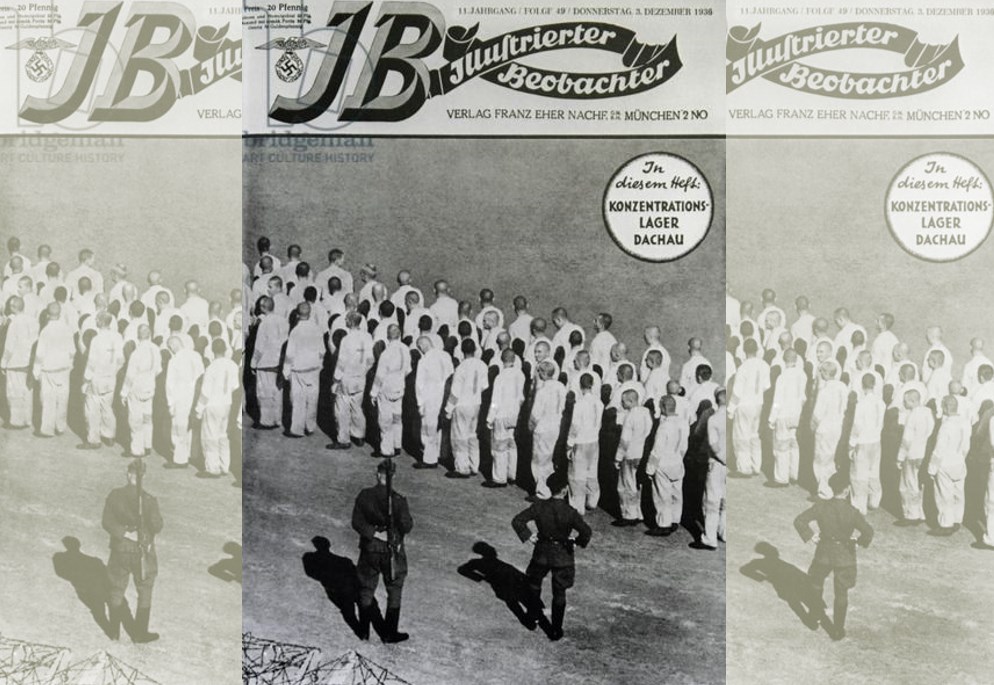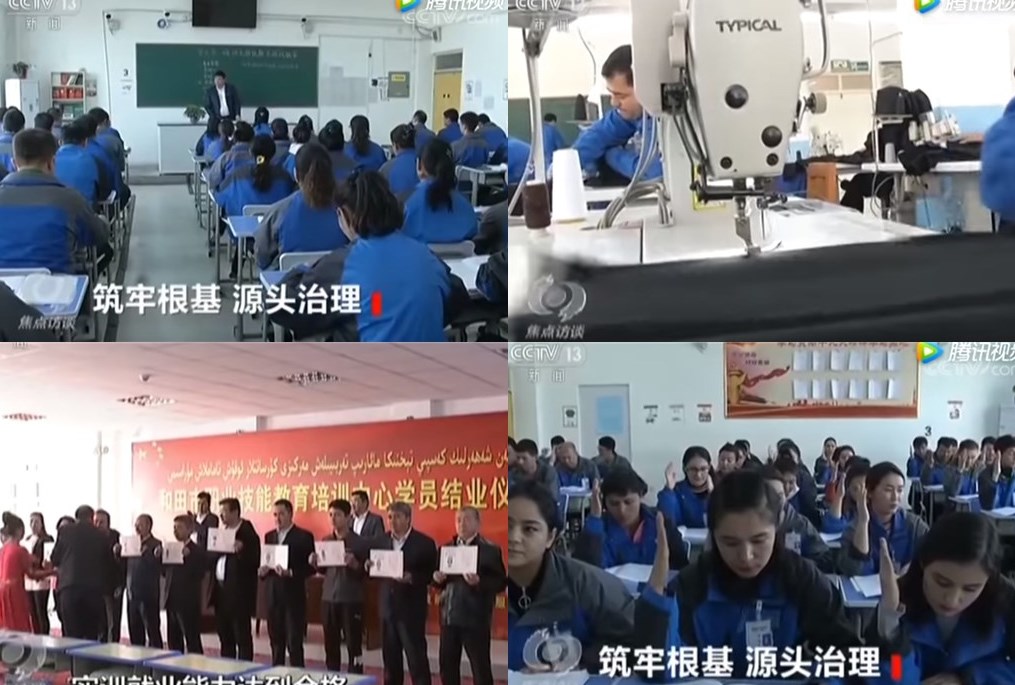After strenuously denying it for many months, China’s government in mid-October suddenly admitted that the Xinjiang concentration camps exist. However, it now tries to present a propaganda picture of benign “vocational training centres,” rolled out to deal with people who pose a threat to social order.

At this point, we should remember that both the Nazis and the Soviets also tried to present their horrific concentration camps to the world in very similar terms — as benign and necessary.

And what is more, many foreigners believed them – in both cases. Foreign journalists visited, and were duly fooled into believing that what they were shown of the camps was typical. Editors printed their glowing assessments — along with pictures that had been meticulously arranged for them by those running the camps:

The Nazis scored many such propaganda victories: Getting foreigners to visit and fooling them to write that prisoners were well cared for – even “better than at home” in the concentration camps. Everything was clean and orderly:

The Nazi camps were not a secret at home, either: Just like in China now, the Nazi regime justified the lawless camps to an obliging general population by whipping up fear, and also by showing them a (fake) “enforced order” in the camps:

We should note that this Nazi projection is very similar to the domestic propaganda circulated by Chinese authorities, before they realized that foreign scholars were paying attention, and that it could be used as evidence against them.
This includes the perhaps most iconic photo from inside the camps, originally published by the Chinese authorities themselves. But like many other pieces of evidence, it is no longer found on China’s internet:

The image is similar to the Nazi domestic propaganda above: It plays on the fears among the general Chinese population, showing them that “see, we are very harsh to these people, innocent or not – we have armed guards, who force them to sit on the ground; in rows; behind barbed wire.”
The Chinese state TV propaganda film broadcast on October 16 by CCTV 13 was obviously directed primarily at foreigners ahead of the UN human rights review of China’s case on November 6, in Geneva.
Large amounts of satellite imagery and other research, along with many eyewitness accounts, have amply confirmed the existence and the horror of the camps (see here, here, here, and here; and you must see this) — so, something had to be done, beyond the earlier blanket denial.
So, we now have this production. Similar to Nazi propaganda, it avoids the punitive horror camps, or aspects such as the many elderly people that are interned there; instead, it shows young students’ coerced testimonies, and images of the camps as if they were schools. The whole conceit has been thoroughly analysed and debunked.

When I see clips from this revolting piece re-broadcast on Swedish public television and elsewhere, without the editors telling its viewers that these are pictures heavily arranged by the regime propagandists, I wonder how this is possible:

This time around, will free news media be able to refrain from “taking the bait,” and instead critically assess the camps propaganda served to them?

Or will we once again see news media help play concentration camp cover-up?
